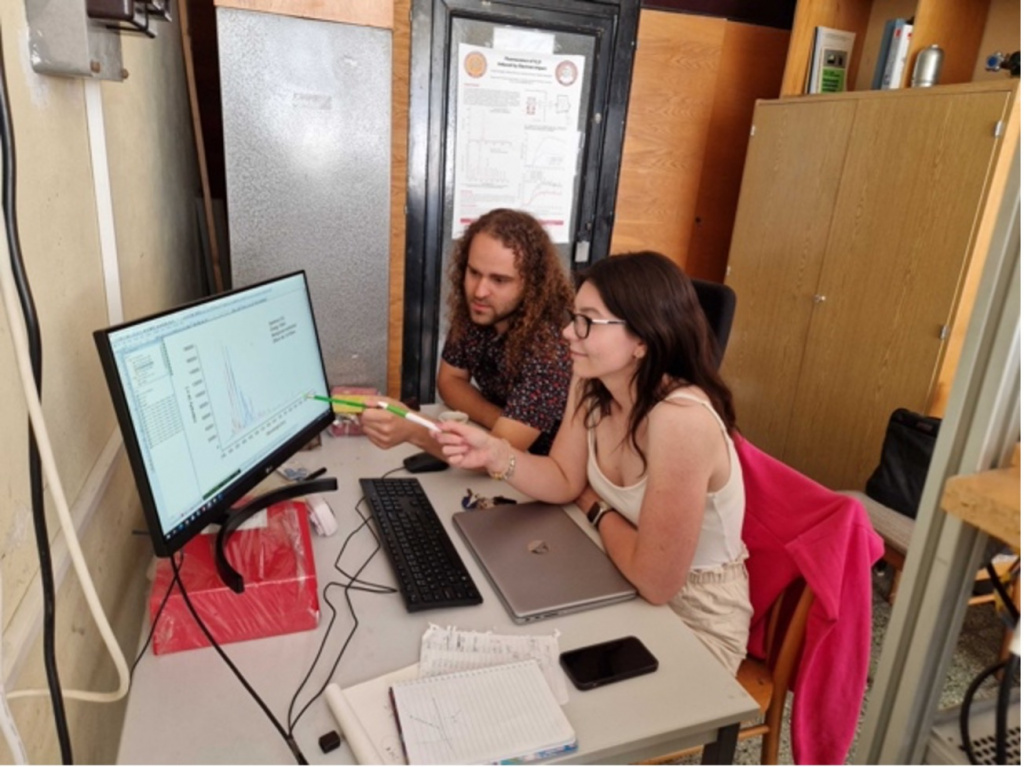20-EPN2-035: Characterisation of the composition and metabolic profiles of microbial communities in Antarctic dry soils as a model for Mars explorations
Visit by Fabiana Canini, University of Tuscia (Italy) to TA2.19 Center for Microbial Life Detection, Medical University Graz (Austria).
Dates of visit: 4-8 October 2021
Report Summary: McMurdo Dry Valleys (MDVs) of Antarctica, the coldest and driest desert on Earth, characterised by strong UV irradiation and strong winds, are considered one of the closest terrestrial analogue of the Martian environment. Only microbial life-forms inhabiting the rocks and soils can survive in these harsh conditions. Endolithic communities have been thought to be the predominant life forms and have been widely characterised, while the drivers of microbial colonisation in MDVs dry permafrost are still barely known. It is still not clear if life forms found in soils through molecular approaches are metabolically active or present as dormant wind-transported spores, propagules or death cells.
Additionally, the possible contribution of the endolithic communities to soils diversity has never been investigate in MDVs. As the endolithic growth has been hypothesised as one of the adaptive
strategies of putative Martian microbial life-forms, the hypothesis of rock fragments dispersal should be investigated, to give new perspectives on life-traces search on Mars.
The microbial diversity and metabolic activity have been characterised in soils collected in MDVs at increasing distance from a colonised sandstone outcrop and in the corresponding rocks samples. The microbial composition and functionality have been investigated through shotgun metagenomics, while the metabolomics profiles have been defined through NMR metabolomics. This description may give unprecedented information on whether the cells found are active or not and on how they metabolically adapt and thrive in this environment. The results may be useful in the frame of search for chemical biosignatures within future Mars explorative missions.
Read the full scientific report with kind permission of Fabiana Canini.


